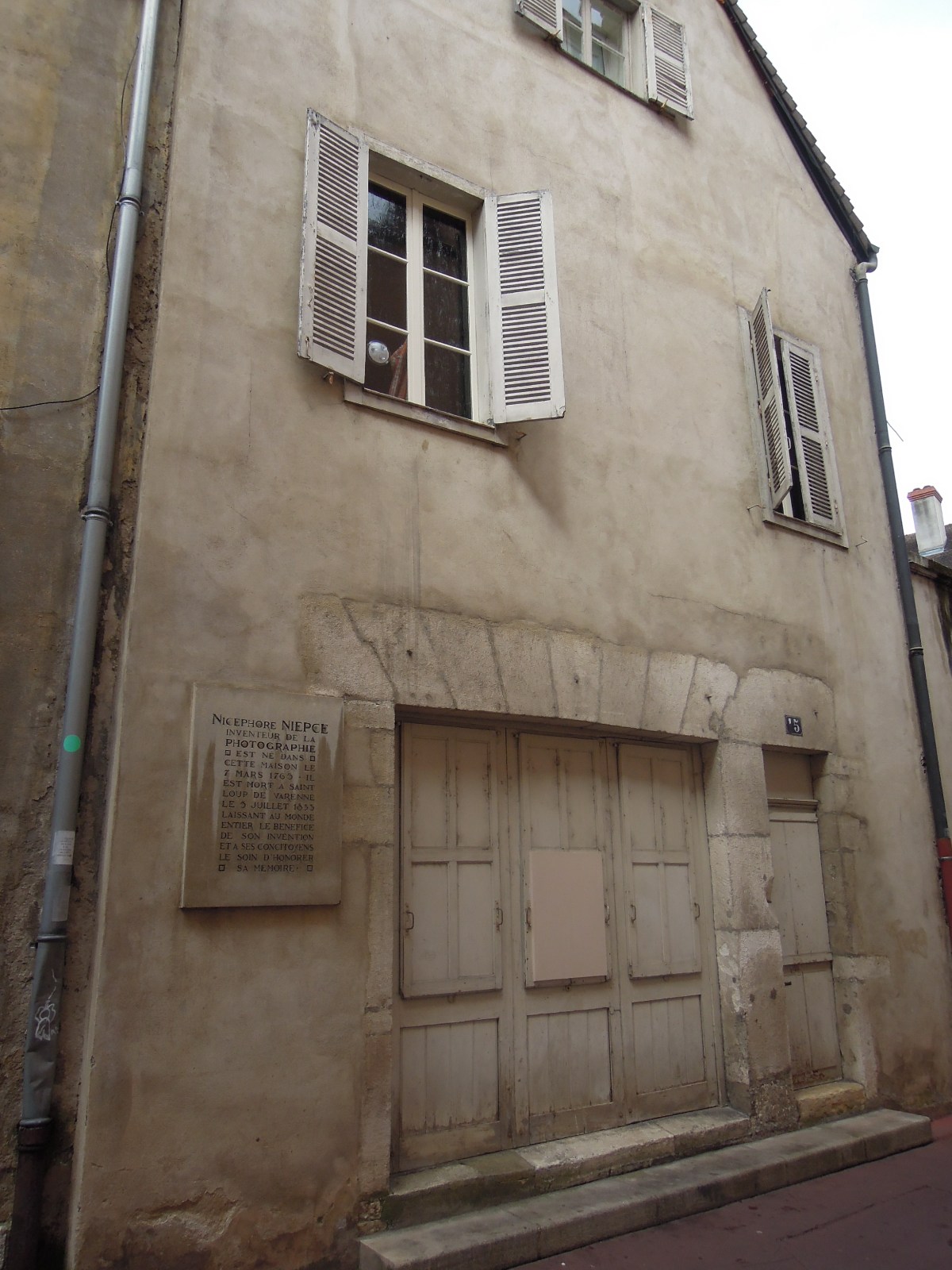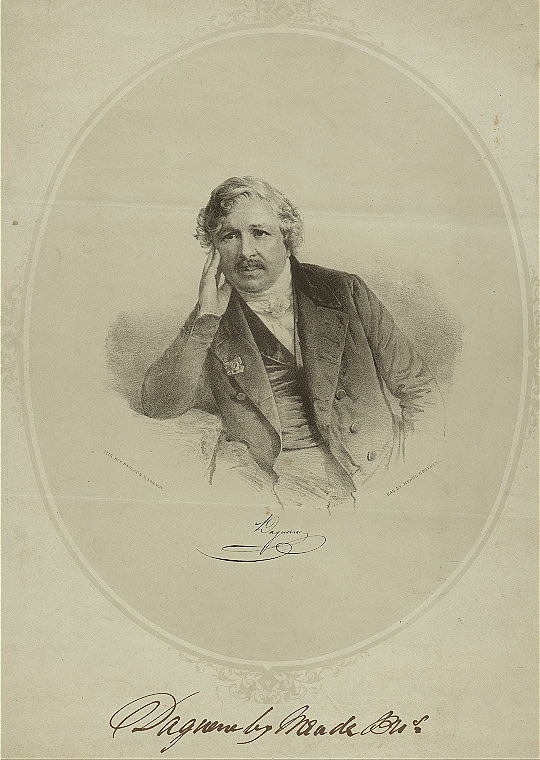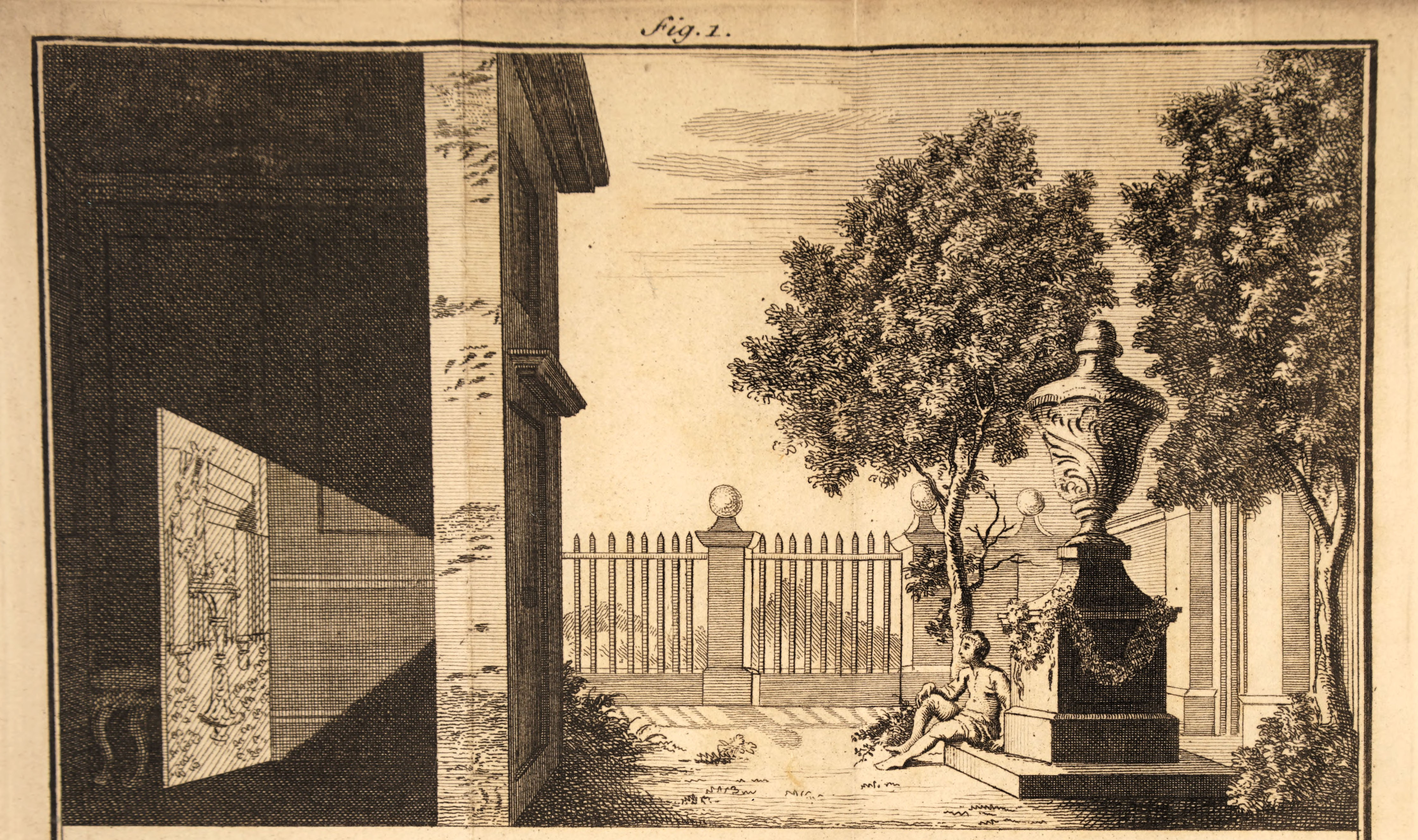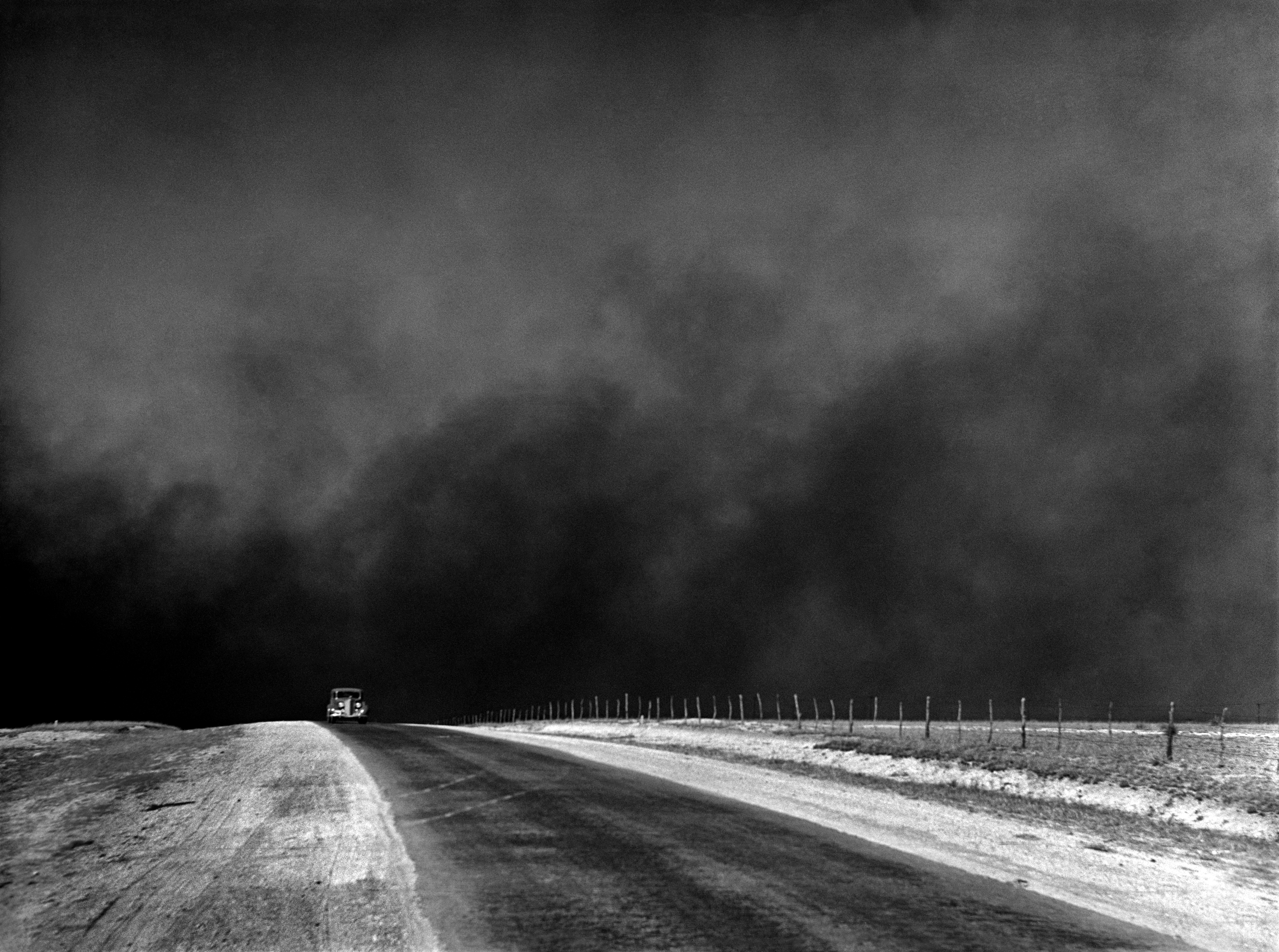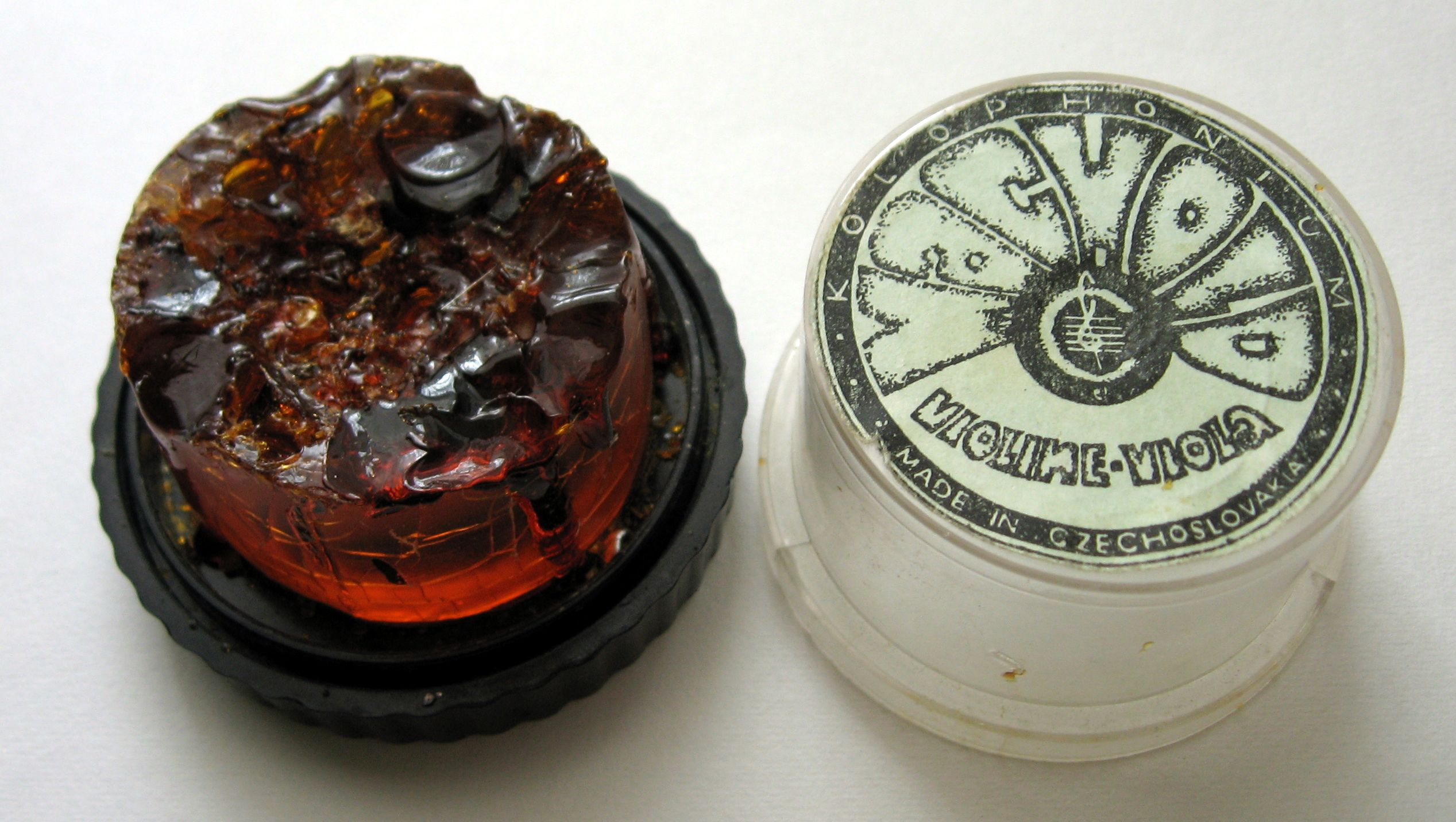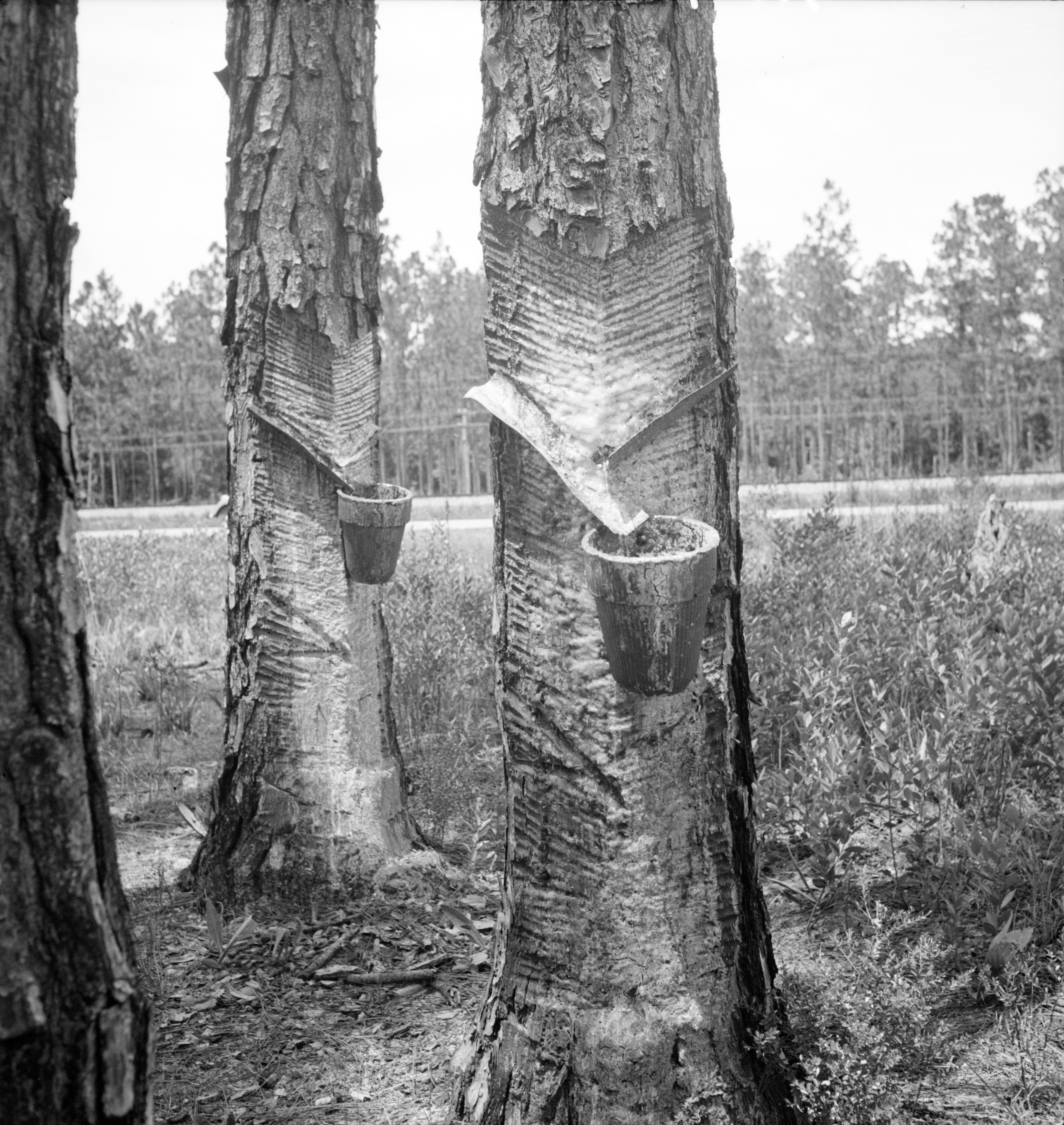|
Physautotype
The physautotype (from French, ''physautotype'') was a photographic process, invented in the course of his investigation of heliography, by Joseph Nicéphore Niépce and Louis Jacques Mandé Daguerre in 1832, in which images were produced by the use of lavender oil residue dissolved in alcohol as the photographic agent. The solution was coated onto a silver or glass plate and allowed to dry, after which it had a powdery white appearance. The plate was then exposed in a camera obscura for about 8 hours and developed with petroleum-based spirit vapors, which caused the least strongly exposed areas to become proportionally more transparent, creating a photographic image that was positive when viewed against a darker background. Brief history On his way to England, Niépce met in Paris with Louis Daguerre, who had a reputation as camera obscura specialist. Hoping to shorten the exposure time of his bitumen process, Niépce decided in 1829, to associate Daguerre to his research. This a ... [...More Info...] [...Related Items...] OR: [Wikipedia] [Google] [Baidu] |
Heliography
Heliography (in French, ''héliographie)'' from ''helios'' (Greek: ''ἥλιος'')'','' meaning "sun"'','' and ''graphein (γράφειν),'' "writing") is the photographic process invented, and named thus, by Joseph Nicéphore Niépce around 1822, which he used to make the earliest known surviving photograph from nature, ''View from the Window at Le Gras'' (1826 or 1827), and the first realisation of photoresist as means to reproduce artworks through inventions of photolithography and photogravure. Invention Nicéphore Niépce began experiments with the aim of achieving a photo-etched printmaking technique in 1811. He knew that the acid-resistant Bitumen of Judea used in etching hardened with exposure to light. In experiments he coated it on plates of glass, zinc, copper and silver-surfaced copper, pewter and limestone (lithography), and found the surface exposed to the most light resisted dissolution in oil of lavender and petroleum, so that the uncoated shadow areas mig ... [...More Info...] [...Related Items...] OR: [Wikipedia] [Google] [Baidu] |
Nicéphore Niépce
Joseph Nicéphore Niépce (; 7 March 1765 – 5 July 1833), commonly known or referred to simply as Nicéphore Niépce, was a French inventor, usually credited with the invention of photography. Niépce developed heliography, a technique he used to create the world's oldest surviving product of a photographic process: a print made from a photoengraved printing plate in 1825. In 1826 or 1827, he used a primitive camera to produce the oldest surviving photograph of a real-world scene. Among Niépce's other inventions was the Pyréolophore, one of the world's first internal combustion engines, which he conceived, created, and developed with his older brother Claude Niépce. Biography Early life Niépce was born in Chalon-sur-Saône, Saône-et-Loire, where his father was a wealthy lawyer. His older brother Claude (1763–1828) was also his collaborator in research and invention, but died half-mad and destitute in England, having squandered the family wealth in pursuit of n ... [...More Info...] [...Related Items...] OR: [Wikipedia] [Google] [Baidu] |
Louis Daguerre
Louis-Jacques-Mandé Daguerre ( , ; 18 November 1787 – 10 July 1851) was a French artist and photographer, recognized for his invention of the eponymous daguerreotype process of photography. He became known as one of the fathers of photography. Though he is most famous for his contributions to photography, he was also an accomplished painter, scenic designer, and a developer of the diorama theatre. Biography Louis Daguerre was born in Cormeilles-en-Parisis, Val-d'Oise, France. He was apprenticed in architecture, theatre design, and panoramic painting to Pierre Prévost, the first French panorama painter. Exceedingly adept at his skill of theatrical illusion, he became a celebrated designer for the theatre, and later came to invent the diorama, which opened in Paris in July 1822. In 1829, Daguerre partnered with Nicéphore Niépce, an inventor who had produced the world's first heliograph in 1822 and the oldest surviving camera photograph in 1826 or 1827. Niépce die ... [...More Info...] [...Related Items...] OR: [Wikipedia] [Google] [Baidu] |
Lavender Oil
Lavender oil is an essential oil obtained by distillation from the flower spikes of certain species of lavender. There are over 400 types of lavender worldwide with different scents and qualities. Two forms of lavender oil are distinguished, ''lavender flower oil'', a colorless oil, insoluble in water, having a density of 0.885 g/mL; and ''lavender spike oil'', a distillate from the herb '' Lavandula latifolia'', having a density of 0.905 g/mL. Like all essential oils, it is not a pure compound; it is a complex mixture of phytochemicals, including linalool and linalyl acetate. Production Pure lavender essential oil is produced through steam distillation. This generates a greater amount of oil compared to other methods due to reduction of polar compound loss. Harvest of lavender blooms is typically between late June and August. The cut lavender flowers and stems are compacted into a lavender still. A boiler is then used to steam the bottom of the lavender flower filled st ... [...More Info...] [...Related Items...] OR: [Wikipedia] [Google] [Baidu] |
Helen Rappaport
Helen F. Rappaport (née Ware; born June 1947), is a British author and former actress. She specialises in the Victorian era and revolutionary Russia. Early life and education Rappaport was born Helen Ware in Bromley, grew up near the River Medway in North Kent and attended Chatham Grammar School for Girls. Her older brother Mike Ware, born 1939, is a photographer, chemist, and writer. She has twin younger brothers, Peter (also a photographer) and Christopher, born in 1953. She studied Russian at Leeds University where she was involved in the university Theatre Group and launched her acting career. Career Acting After acting with the Leeds University Theatre Group she appeared in several television series including ''Crown Court'', ''Love Hurts'' and ''The Bill''. She later claimed to have spent '20 years in the doldrums as an out of work, broke and miserable actress'... Writing In the early nineties she became a copy editor for academic publishers Blackwell and OUP and also ... [...More Info...] [...Related Items...] OR: [Wikipedia] [Google] [Baidu] |
Camera Obscura
A camera obscura (; ) is a darkened room with a aperture, small hole or lens at one side through which an image is 3D projection, projected onto a wall or table opposite the hole. ''Camera obscura'' can also refer to analogous constructions such as a box or tent in which an exterior image is projected inside. Camera obscuras with a lens in the opening have been used since the second half of the 16th century and became popular as aids for drawing and painting. The concept was developed further into the photographic camera in the first half of the 19th century, when camera obscura boxes were used to exposure (photography), expose photosensitivity, light-sensitive materials to the projected image. The camera obscura was used to study eclipses without the risk of damaging the eyes by looking directly into the sun. As a drawing aid, it allowed tracing the projected image to produce a highly accurate representation, and was especially appreciated as an easy way to achieve proper grap ... [...More Info...] [...Related Items...] OR: [Wikipedia] [Google] [Baidu] |
Negative (photography)
In photography, a negative is an image, usually on a strip or sheet of transparent plastic film, in which the lightest areas of the photographed subject appear darkest and the darkest areas appear lightest. This reversed order occurs because the extremely light-sensitive chemicals a camera film must use to capture an image quickly enough for ordinary picture-taking are darkened, rather than bleached, by exposure to light and subsequent photographic processing. In the case of color negatives, the colors are also reversed into their respective complementary colors. Typical color negatives have an overall dull orange tint due to an automatic color-masking feature that ultimately results in improved color reproduction. Negatives are normally used to make positive prints on photographic paper by projecting the negative onto the paper with a photographic enlarger or making a contact print. The paper is also darkened in proportion to its exposure to light, so a second reversal result ... [...More Info...] [...Related Items...] OR: [Wikipedia] [Google] [Baidu] |
Rosin
Rosin (), also called colophony or Greek pitch ( la, links=no, pix graeca), is a solid form of resin obtained from pines and some other plants, mostly conifers, produced by heating fresh liquid resin to vaporize the volatile liquid terpene components. It is semi-transparent and varies in color from yellow to black. At room temperature rosin is brittle, but it melts at stove-top temperature. It chiefly consists of various resin acids, especially abietic acid. The term ''colophony'' comes from , Latin for "resin from Colophon" ( grc, Κολοφωνία ῥητίνη, Kolophōnia rhētinē), an ancient Ionic city. Properties Rosin is brittle and friable, with a faint piny odor. It is typically a glassy solid, though some rosins will form crystals, especially when brought into solution. The practical melting point varies with different specimens, some being semi-fluid at the temperature of boiling water, others melting at 100 °C to 120 °C. It is very flammable, burni ... [...More Info...] [...Related Items...] OR: [Wikipedia] [Google] [Baidu] |
Kerosene
Kerosene, paraffin, or lamp oil is a combustible hydrocarbon liquid which is derived from petroleum. It is widely used as a fuel in aviation as well as households. Its name derives from el, κηρός (''keros'') meaning "wax", and was registered as a trademark by Canadian geologist and inventor Abraham Gesner in 1854 before evolving into a generic trademark. It is sometimes spelled kerosine in scientific and industrial usage. The term kerosene is common in much of Argentina, Australia, Canada, India, New Zealand, Nigeria, and the United States, while the term paraffin (or a closely related variant) is used in Chile, eastern Africa, South Africa, Norway, and in the United Kingdom. The term lamp oil, or the equivalent in the local languages, is common in the majority of Asia and the Southeastern United States. Liquid paraffin (called mineral oil in the US) is a more viscous and highly refined product which is used as a laxative. Paraffin wax is a waxy solid extracted from pet ... [...More Info...] [...Related Items...] OR: [Wikipedia] [Google] [Baidu] |
Turpentine
Turpentine (which is also called spirit of turpentine, oil of turpentine, terebenthene, terebinthine and (colloquially) turps) is a fluid obtained by the distillation of resin harvested from living trees, mainly pines. Mainly used as a specialized solvent, it is also a source of material for organic syntheses. Turpentine is composed of terpenes, primarily the monoterpenes alpha- and beta-pinene, with lesser amounts of carene, camphene, dipentene, and terpinolene.Kent, James A. ''Riegel's Handbook of Industrial Chemistry'' (Eighth Edition) Van Nostrand Reinhold Company (1983) p.569 Mineral turpentine or other petroleum distillates are used to replace turpentine – although the constituent chemicals are very different. Etymology The word ''turpentine'' derives (via French and Latin), from the Greek word τερεβινθίνη ''terebinthine'', in turn the feminine form (to conform to the feminine gender of the Greek word, which means "resin") of an adjective (τερεβί ... [...More Info...] [...Related Items...] OR: [Wikipedia] [Google] [Baidu] |
Audiovisual Introductions In 1832
Audiovisual (AV) is electronic media possessing both a sound and a visual component, such as slide-tape presentations, films, television programs, corporate conferencing, church services, and live theater productions. Audiovisual service providers frequently offer web streaming, video conferencing, and live broadcast services. Computer-based audiovisual equipment is often used in education, with many schools and universities installing projection equipment and using interactive whiteboard technology. Components Aside from equipment installation, two significant elements of audiovisual are wiring and system control. If either of these components are faulty or missing, the system may not demonstrate optimal performance. Wiring is a skill that not only requires proper cable rating selection based on a number of factors, including distance to the main rack, frequency and fire codes, but wires should also be out of sight, behind the walls and in the ceiling, when possible. Sys ... [...More Info...] [...Related Items...] OR: [Wikipedia] [Google] [Baidu] |


